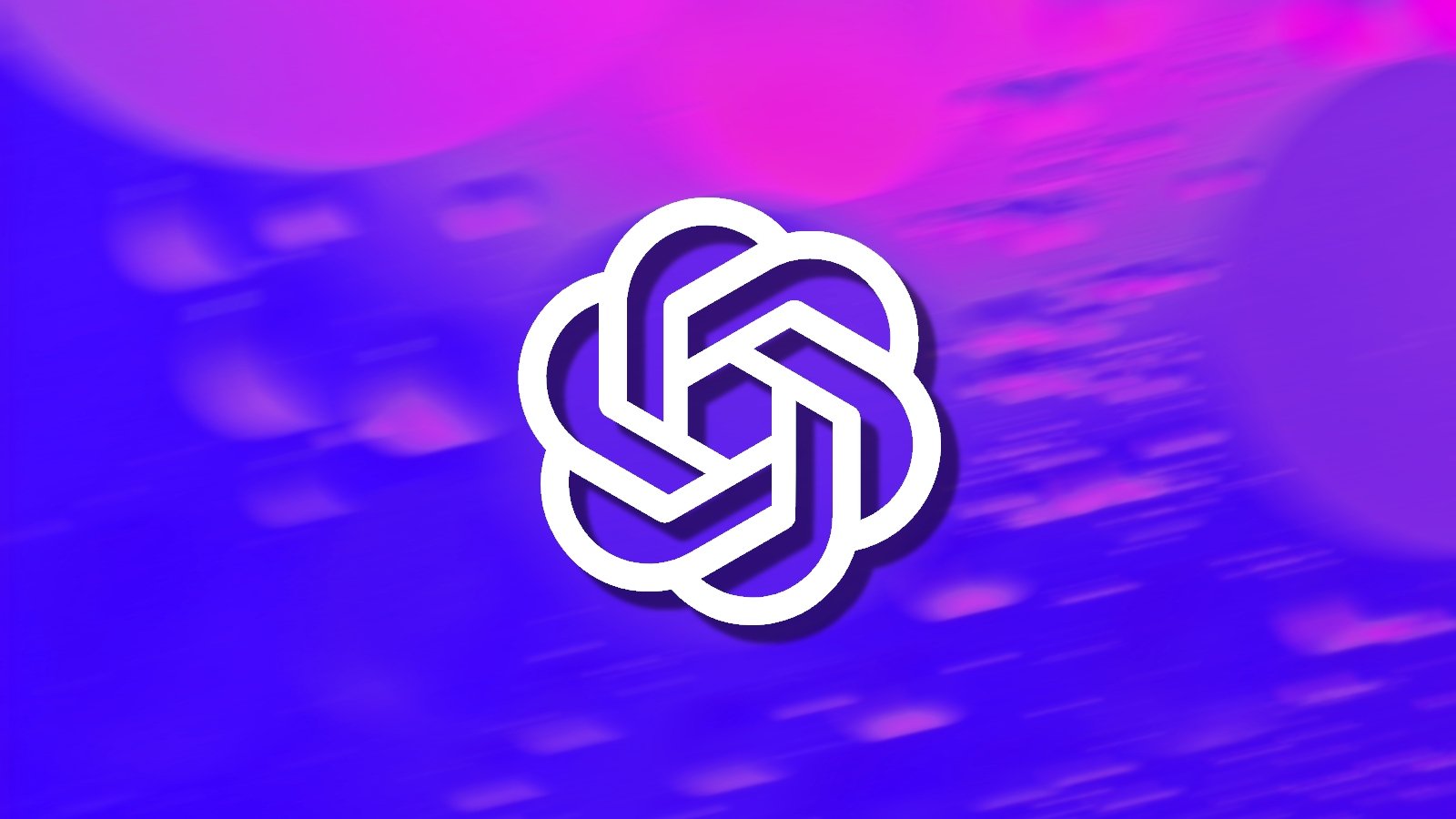OpenAI has acknowledged the challenges users face in selecting from its diverse range of models. To streamline this process, the company recently published a comprehensive guide titled "ChatGPT Enterprise – Models & Limits," released on May 3. This document clarifies the various models available and offers usage recommendations tailored for enterprises, which can also benefit everyday users.
Currently, ChatGPT presents five distinct models: GPT-4o, o3, o4-mini, o4-mini-high, and GPT-4.5.
Choosing Between GPT-4o and GPT-4.5
According to OpenAI’s documentation, GPT-4o functions as the "omni model" and is equipped with real-time informational capabilities. It excels in summarizing content, generating brainstorming ideas, and crafting emails. As a fully multimodal model, GPT-4o supports a plethora of features, including custom GPT implementations, image generation, canvas creation, advanced audio processing, and comprehensive data analysis.
Conversely, GPT-4.5 serves as a "creative powerhouse," distinguished by enhanced emotional intelligence and communication skills. This model facilitates a more innovative approach to brainstorming. While it shares many functionalities with GPT-4o, users seeking a creative edge should prioritize GPT-4.5.
Selecting Between o4-mini, o4-mini-high, and o3
For regular users, ChatGPT offers three specific reasoning models. Understanding their unique strengths is essential for optimal usage.
o4-mini is designed for speed and efficiency when handling technical tasks such as quick STEM-related queries, programming challenges, and visual reasoning.
In contrast, o4-mini-high excels in more complex technical endeavors, including advanced coding, intricate mathematical problems, scientific explanations, and providing higher accuracy.
The o3 model, however, stands out when facing multifaceted or multi-step tasks. It is highly effective for strategic planning, in-depth analyses, complex coding, and advanced scientific and mathematical queries.
Access to these specialized models requires a subscription to ChatGPT Plus, priced at $20.
By understanding the nuances of each model, users can select the most suitable option for their needs, ultimately enhancing their experience and productivity in using AI-powered tools.
Cybersecurity Context
In an era where digital security is paramount, understanding the capabilities and applications of AI models becomes crucial. AI can significantly aid in cybersecurity practices, including threat detection and data analysis. As cyber threats increasingly evolve, leveraging these advanced AI tools can bolster an organization’s defenses and streamline incident response efforts.
Conclusion
With the rapid proliferation of cybersecurity threats, staying informed and making educated decisions regarding technology choices is vital. OpenAI’s model documentation not only clarifies the distinctions among its AI models but also empowers users to select effectively based on their unique requirements and contexts. By doing so, organizations and individuals alike can enhance their operational efficiency while remaining vigilant against emerging cyber threats.
For a deeper understanding of how to proactively defend against cyber threats, consider exploring resources such as the Red Report 2025, which analyzes 14 million malicious actions and identifies the top 10 MITRE ATT&CK techniques accounting for 93% of attacks.
